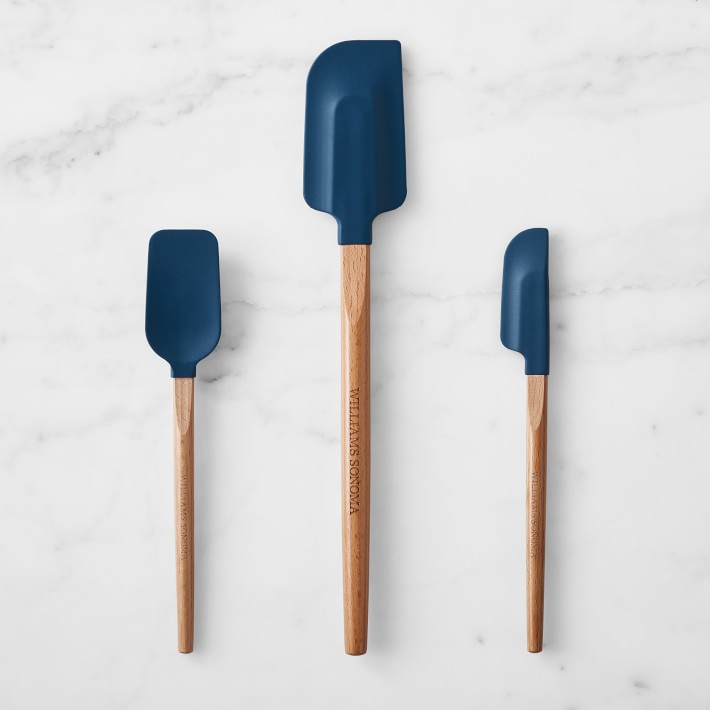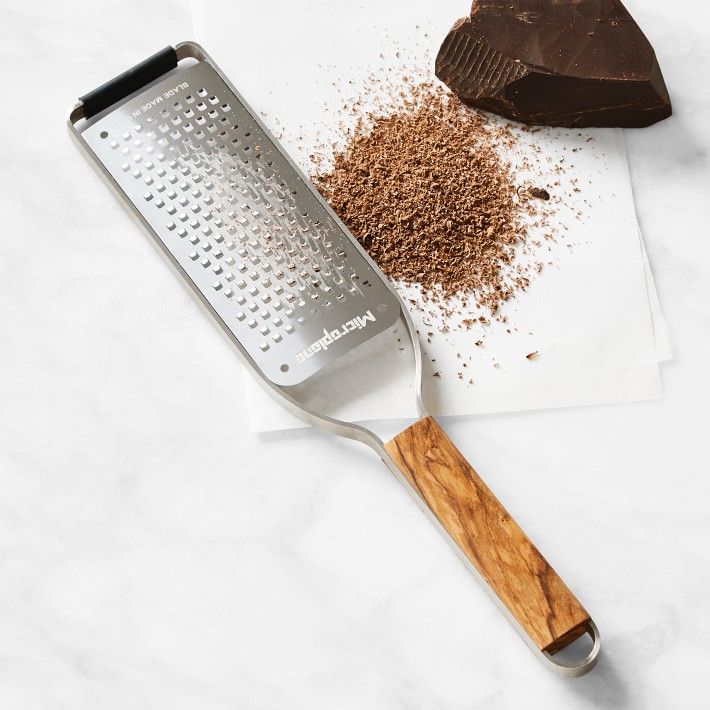BACKYARD GARDENING MADE SIMPLE
Stovetop Elderberry Syrup Recipe
A pot of elderberry syrup simmering on the stovetop is a welcome sight and essential addition to our herbal apothecary. You won’t have any trouble getting your children to try this sweet and fruity syrup when they feel a cold coming on either, since it tastes just like candy!
The Cottage Peach is reader-supported. When you purchase through links on our site, we may earn an affiliate commission at no additional cost to you. All opinions are our own.
Elderberry season is drawing to a close, and my freezer is filled up with this useful fruit. I spent the late summer months periodically checking for ripeness, clipping each branch back as the berries and stems turned from green to deep purple. Elderberries can be a challenge to remove, leaving your hands stained purple with the juice. That’s why I place my bunches directly into the freezer after harvesting, whole - this way you can easily remove the frozen berries in one fell swoop and preserve them at peak freshness for winter cold remedies, sweet syrups and more. A pot of elderberry syrup simmering on the stovetop is a welcome sight and essential addition to our herbal apothecary. You won’t have any trouble getting your children to try this sweet and fruity syrup when they feel a cold coming on either, since it tastes just like candy!
What Are Elderberries?
Elderberries are edible, small, dark fruits which grow wild in much of North America and other areas of the world. The bushes they grow on are attractive, making them a great addition to a yard or garden.
The bark, leaves, and roots of elderberry plants are toxic to humans and pets. But beginning in June, elderberry bushes produce eye-catching white blossoms in flat, disc-shaped clusters of tiny flowers. These clusters grow as big as 10” in diameter. They are beautiful and fragrant, and are also edible. The flowers can be eaten raw or cooked.
Of course, you don’t want to harvest all of the flowers, because then your bush would not produce any berries.
In fall, the elderberries themselves are ready to harvest. They should not be eaten raw, as raw elderberries may cause nausea, vomiting, and digestive problems. Cooking the berries removes their toxic properties.
What Do Elderberries Taste Like?
Raw elderberries should not be eaten, but we’re not missing much. Some people call them flavorless, while others find them bitter and tart. They’re much tastier when cooked with other fruits or sweeteners.
Uses of Elderberry
Elderberries can be used to make medicinal syrup, cordial, jelly, sauces, and wine. Dried elderberries are tasty in baked goods, and also make a soothing tea.
Benefits of Elderberry Syrup
Elderberry has a very long history of use as a medicinal plant, dating back as far as ancient Egypt, where it was used to help heal burns. It has also been used as a diuretic. Indigenous peoples used elderberry to treat rheumatism and fever.
Elderberry syrup provides significant antioxidant effects. The antioxidants in elderberries boost the immune system, and along with the berries’ abundance of vitamins A, B, and C, help to fight off infections.
The syrup is also high in fiber, B vitamins, iron, and magnesium, and is an anti-inflammatory.
Elderberry Syrup for Colds, Coughs, and Flu
First, a note: People who have auto-immune issues may want to avoid elderberries, as boosting the immune system is only likely to make symptoms worse.
Both elderberry syrup and elderberry tea are good methods of delivery for elderberries’ many health benefits. Elderberry tea with a bit of honey and lemon juice is particularly soothing.
Studies have shown that elderberry syrup may help to treat fevers, headaches, coughs, body aches, and other symptoms of the flu and upper respiratory infections.
Growing Elderberries
Elderberry plants are different varieties of the Sambucus tree. They are perennial, meaning you plant them once and they continue to grow each year. They can grow as tall as 12’, so they need a large area. They may tolerate partial shade, but won’t produce as many berries there, so it’s best to plant them in full sun. They do fine in both wet and dry soils.
Elderberry bushes provide a small harvest after the second year of planting. In their third year, they are mature, and can produce a 10-12 pound harvest.
Elderberry plants will spread through suckers, but are easily controlled by mowing them down when they appear. Propagating elderberries is easily done through cutting or ground layering.
Propagating elderberry bushes by hardwood cutting
To propagate an elderberry by cutting, check your plant for new buds, which will likely appear in February. Not every cutting will take root, so plant more than one to increase your likelihood of success.
Choose branches about the thickness of a pencil, with two sets of buds, and cut above and below each set. Cut the branch at an angle on one end to make it easier to push into the soil.
Plant directly into the ground or into a pot. If you use a pot, you can cover the branch with a baggie, misting regularly to keep the soil moist. Alternatively, you can place your cuttings in water until they begin to develop roots.
Elderberry branches take 8-10 weeks to root. If successful, you will see growth in the spring.
Propagating elderberry bushes by ground layering
By layering branches, we can force them to develop roots while still attached to the parent plant. This way they will continue to receive food and water without effort on their part.
Instructions for ground layering elderberry plants:
Choose a flexible branch that is growing close to the ground.
Remove any leaves that are on the area you want to layer.
Make a small cut on the side of the branch that will touch the soil, about 1/3 of the way through the branch.
Cover that area in soil, and if necessary peg the branch to the ground.
As the branch grows, you can stake the end of it into an upright position, being careful not to disturb its new roots.
Once a good root system develops, you can cut the branch off of its parent and move it to your desired spot.
Harvesting Elderberries
Elderberry flowers should be picked on a warm, dry day. Snip behind the flowers to remove the entire cluster in one piece.
Clusters of berries should also be cut as one piece. Snip with pruning shear or snips where the base of the berries meets the stem.
To make it easier to remove the berries from the plant, spread the clusters of berries on a cookie sheet and freeze them for two hours before using your hands to loosen from the branches.
Eating Elderberry Flowers
Elderberry flowers can be eaten raw or cooked. They are the only part of the elderberry plant that is non-toxic.
The raw flowers are crunchy, with a subtle floral taste. They are one of the sweetest-tasting flowers, and are sometimes described as tropical or pear-like.
Fresh elderberry flowers can be added to a salad or used to make a dressing. Fresh or dried elderberry flowers can be used to make tea.
Preserving Elderberry Flowers and Fruit
How to dry elderberry flowers:
To dry elderberry flowers, spread them in a single layer in a dark dry place, or hang them by their stems in a cool, dark location.
How to dry elderberries:
Remove the berries from their stems and spread them in a single layer. Unless you live in a particularly dry and sunny environment, use a dehydrator or oven for best results.
Drying elderberries in a dehydrator:
Either remove the berries from the plant completely, or cut off the larger stems.
Spread the berries in a single layer on your dehydrator trays.
Run the machine for 12 hours at 135 degrees Fahrenheit.
Drying elderberries in the oven:
Spread the berries in a single layer on a parchment-covered cookie sheet, and place in the oven at your lowest setting (no more than 175 Fahrenheit). Cook for 12 hours, stirring occasionally.
How To Store Dried Elderberries
Store your dried elderberries in an airtight container in a cool, dark place. A Ball mason jar is a good option. For longer-term storage, you can vacuum seal the jar.
Making Elderberry Syrup
Elderberry syrup can be made with just four ingredients: dried berries, water, ginger, and honey.
Supplies:
Mesh strainer
Jar
The Best Elderberry Syrup Recipe

Stovetop Elderberry Syrup
Ingredients
- 1 cup dried elderberries
- 6 cups water
- ¼ ounce grated ginger
- 1 ½ cups raw honey
Instructions
- Bring the berries and water to a boil. Simmer for 30 minutes.
- Strain the berries, and return the liquid to the heat.
- Add ¼ ounce grated ginger. Simmer gently for 45-60 minutes, or until 2-3 cups of liquid remain.
- Remove from heat and allow to cool to room temperature.
- Stir in 1 ½ cups of raw honey.
Notes
To store your elderberry syrup, pour your syrup into an airtight bottle, label it, and refrigerate. Use within 2 months.
Storing Elderberry Syrup
Pour your syrup into a bottle, label it, and refrigerate. Use within 2 months.
Using Elderberry Syrup:
For medicinal use:
Take 2 teaspoons every 3 hours at the first signs of a virus.
Other uses:
Elderberry syrup can be used as a cordial, mixed with seltzer or water, or as a shrub for cocktails.
It can also be added to yogurt, pancakes or oatmeal for a tasty treat.









![The Power of Nature: How To Make Infused Oregano Oil for Your Health and Wellness [Recipe]](https://images.squarespace-cdn.com/content/v1/60e85024dc86d643da81c96a/1682625337753-AFI1M6MRRMDQ5CBNY2TX/unsplash-image-Fl2Ki3_GZIU.jpg)
![Make This Easy + Natural Botanical Hand Salve [Recipe]](https://images.squarespace-cdn.com/content/v1/60e85024dc86d643da81c96a/b57698b0-de70-4101-afaf-7af57788237d/Herbal+Face+Steam+Recipe+by+The+Cottage+Peach-1.jpg)